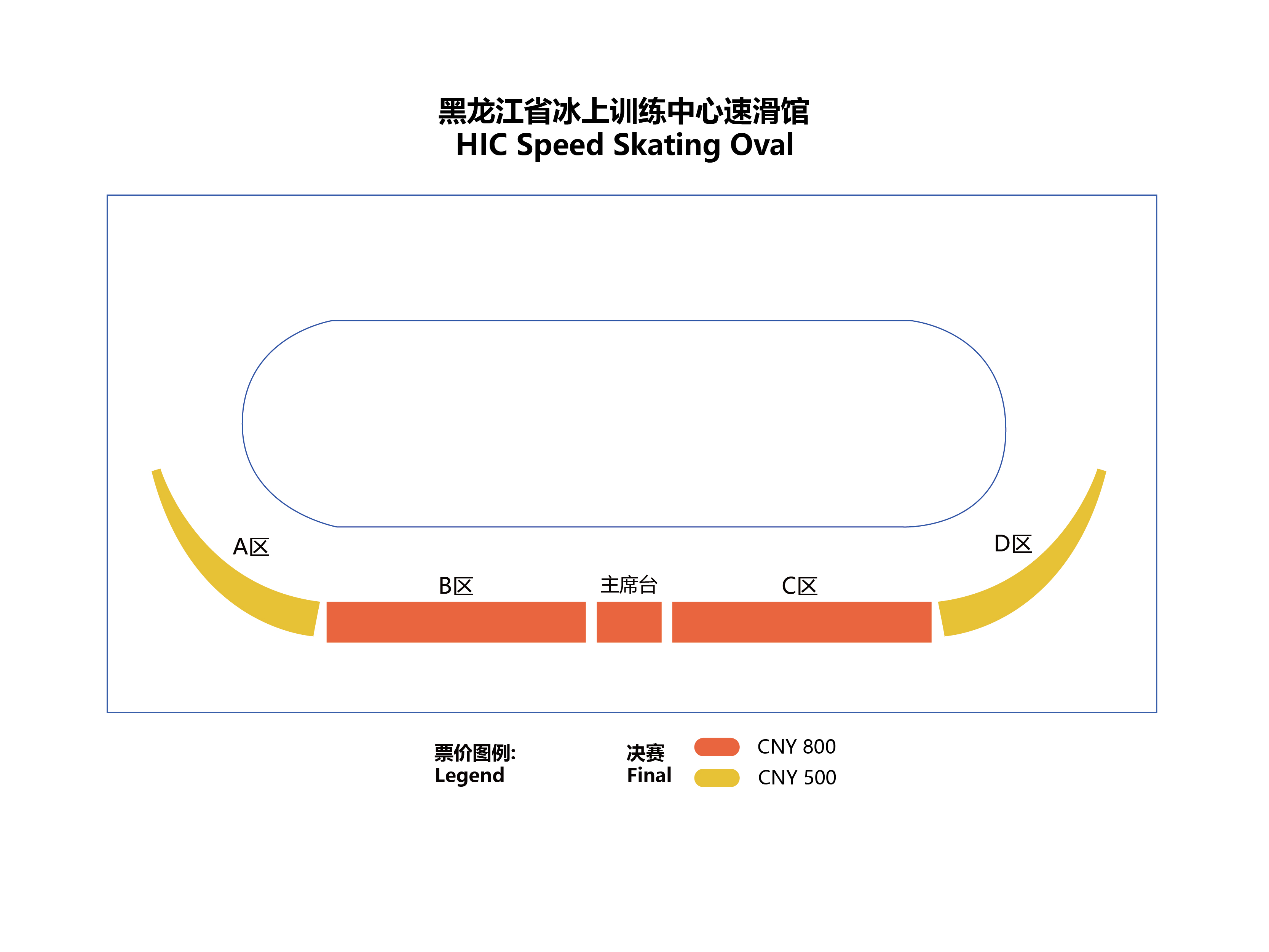


Speed skating is an ice racing sport conducted using ice skates. It is classified under skating sports in international sports taxonomy. Speed skating involves racing over specified distances on ice, and it is a formal event at the Winter Olympics. Athletes wear ice skates and glide on the ice, using the sharp edges of the blades to cut into the ice surface for stable support points. They propel themselves forward through alternating movements of pushing off the ice, retracting the leg, and placing the blade back down, all while coordinating their entire body for rapid forward motion.
Speed skating is a sport with a long history. As early as the 12th and 13th centuries, early documents from countries such as the Netherlands, England, Switzerland, and Scandinavian countries recorded the practice of binding animal bones to feet to move quickly on ice, marking the early form of skating. Starting from the 1840s, speed skating rapidly spread from England and the Netherlands to other countries, leading to the establishment of numerous skating clubs. By the 1870s, there was a growing demand for the creation of national skating organizations. In 1879, the first national governing body for skating—the National Skating Association of Great Britain—was founded. The first World Men's Speed Skating Championships were held in Amsterdam in January 1893 under the leadership of the International Skating Union. Men's and women's speed skating were officially included as Olympic events in 1924 and 1960, respectively.
